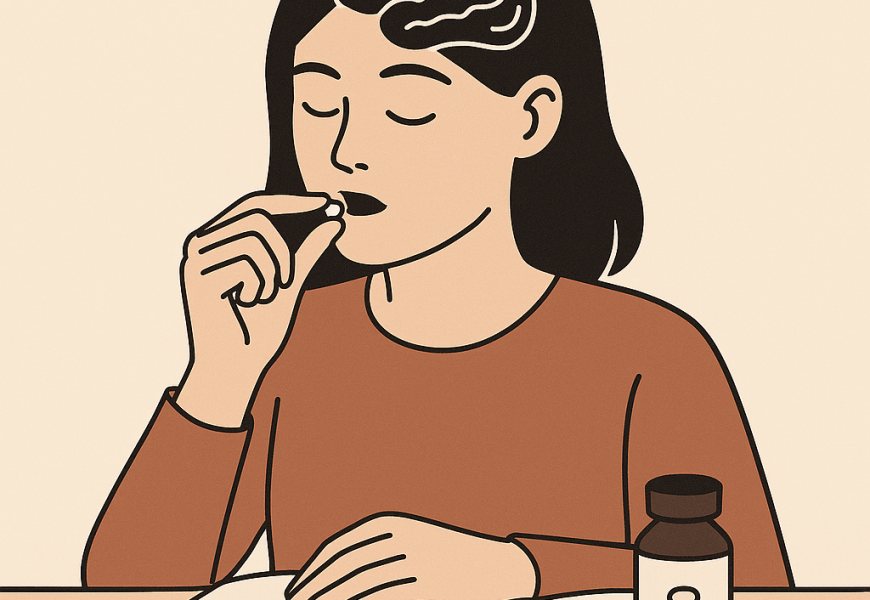Microdosing psychedelics—taking sub-perceptual doses of LSD or psilocybin—is rapidly evolving from fringe curiosity into a mainstream self-care strategy. In Colorado’s burgeoning psychedelic scene, self-experimenters are logging in daily doses to tackle anxiety, depression, and creative blocks. But beyond personal anecdotes, what does the science say? This article unpacks emerging research, expert insights, and practical tips for anyone curious about microdosing’s mental-health potential.
Anecdotal Insights & Early Research
Journalist Carla K. Johnson highlights individuals who microdose to enhance mood, creativity, and social connection. While traditional therapy and pharmaceuticals have helped millions, frustrating treatment-resistant cases have spurred interest in controlled microdosing. Facilities at the University of Colorado are launching randomized trials comparing microdosing to placebo—tracking mood scores, sleep quality, and neuroplasticity markers via fMRI and EEG.
Mechanisms of Action
Psychedelics at microdoses interact subtly with serotonin 5-HT₂A receptors, promoting mild neuroplastic changes without full psychedelic experiences. This can increase synaptic connectivity and cognitive flexibility—helping users break free from negative thought loops. Early EEG data also suggests enhancements in neural entropy, which correlates with creative problem-solving and emotional resilience.
Safety and Protocols
Unlike full-dose sessions that require supervised settings, microdosing often happens at home. Experts recommend starting at one-tenth of a hallucinogenic dose—roughly 5–10 µg LSD or 0.1–0.2 g dried psilocybin—and following a Fadiman protocol (one day on, two days off). This schedule helps avoid tolerance buildup and allows integration time. Always source compounds legally where possible, work with reputable providers, and consider keeping a mood journal.
Potential Applications
• Anxiety & Depression: Microdosing may provide gentle mood elevation and stress relief when paired with therapy.
• Creativity & Flow: Artists, writers, and entrepreneurs cite improved idea generation and focus.
• Social Connection: Some report deeper empathy and communication skills in personal relationships.
Cautions & Future Directions
While optimism is high, large-scale, placebo-controlled trials remain scarce. University of Washington and Johns Hopkins have announced studies focused on dosing regimens and long-term effects. Until robust clinical guidelines emerge, microdosing should complement—not replace—established treatments.
As self-experimenters lead the grassroots charge, science is catching up—validating microdosing’s promise for mental wellness. By adhering to safe protocols and staying informed about evolving research, enthusiasts can responsibly explore this intriguing frontier. Whether you seek a creativity boost or relief from mood disorders, microdosing warrants attention—and ongoing study—to unlock its full therapeutic potential.
